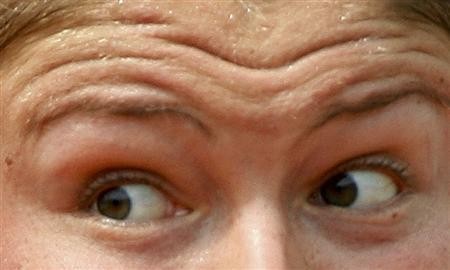
In a latest breakthrough, a team of researchers have successfully created retina in a dish using a type of human stem cells. The researchers in the laboratory experiment created miniature form of the actual retina that could sense light as much as a natural one does.
"We have basically created a miniature human retina in a dish that not only has the architectural organization of the retina but also has the ability to sense light," NBC News quoted M. Valeria Canto-Soler, an assistant professor of ophthalmology at the Johns Hopkins University School of Medicine.
The experiment was conducted by researchers using human skin as a source of stem cell. The lab-grown retina started growing on its own, which is an important step in creating organs in lab.
The researchers are hopeful that their invention could eventually help in restoring vision.
The team used induced pluripotent stem cells, or iPS cells, a type of immature stem cells, the functioning of which resembles that of embryonic stem cells.
According to the study, researchers used iPS cells and turned them into retinal progenitor cells. iPS cells, like embryonic stem cells have the potential to develop into almost any kind of tissue in the body. To the resaerchers' suprise, the cells started growing as if they were developing in a human embryo.
The researchers genetically reprogrammed the ordinary skin cell to behave like an embryonic stem cell, after which they activated the genes to get the cell redirect itself into forming desired retinal cells. These are the cells that are designed to create the retinal tissue at the back of the human eye.
"We knew that a 3-D cellular structure was necessary if we wanted to reproduce functional characteristics of the retina, but when we began this work, we didn't think stem cells would be able to build up a retina almost on their own. In our system, somehow the cells knew what to do," Canto-Soler said.
The researchers found that the lab-grown photoreceptor cells responded to light the same way they do in the human eye. Human retinas contain two main photoreceptor cell types, rods and cones. Rods are sensitive to low light. It was found that the petri-dish retina also had more of rods.
"The experiment may ultimately lead to technologies that restore vision in people with retinal diseases," she added.
According to Canto-Soler, the method opened up the possibility of creating hundreds of mini-retinas at a time from people affected by retinitis pigmentosa, a blinding disease.
Moreover, the newly lab-grown retinal cells could be utilized in studying the reasons associated with retinal diseases in human tissue, rather than depending on animal models.
The details of the study have been published in the journal Nature Communications.
















